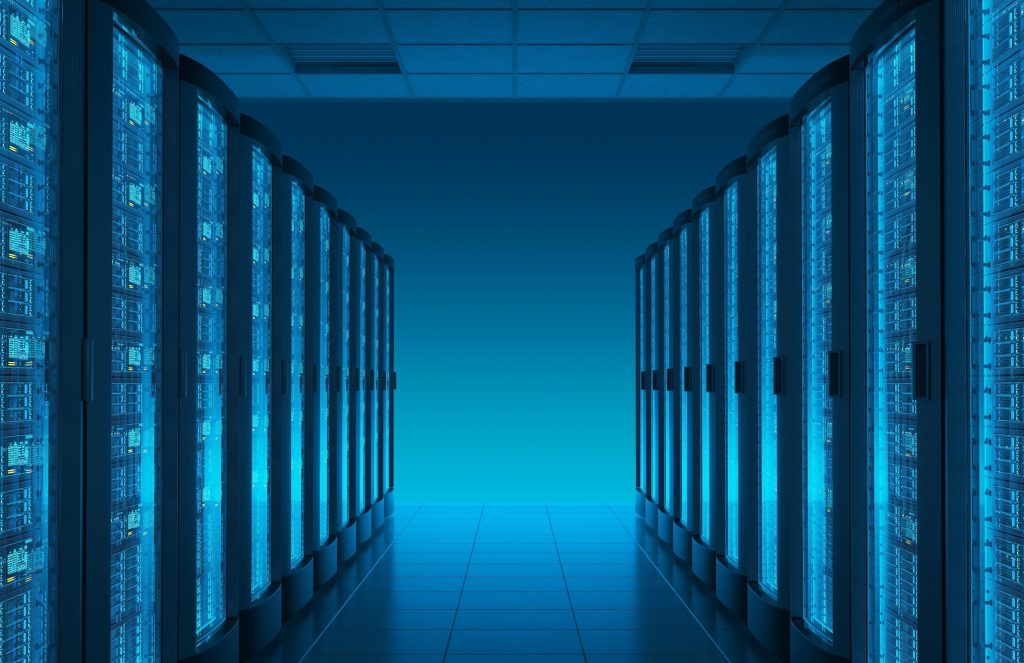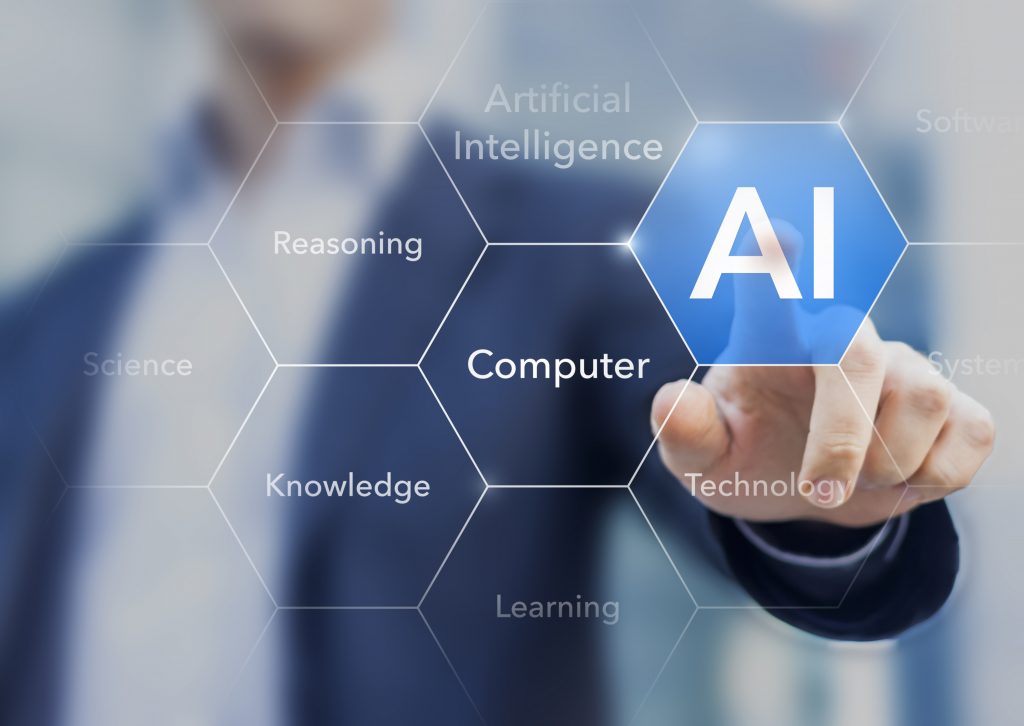
Server room in datacenter. Hosting services. It’s not necessarily devolution when you choose to go back to an outdated technology, although many people will be absolute in their thinking that it is. But there are plenty of instances where the way it used to be ends up working better, and often when new operating realities change the game. This can be true if we look at it from the perspective of data storage where companies are doing what everyone else is doing – that is, choosing to locate most of that data storage in the cloud. Now if we were to collectively lose our minds and revert back entirely to physical storage, that would be devolution. Where we’re going with this is that some physical storage means are making a comeback, and for plenty good reasons. Tape storage for unstructured data is one example here that’s really at the forefront these days, and naturally anything related to data storage will be relatable for us here at 4GoodHosting or for any good Canadian web hosting provider. We’re always attuned to the need for data storage security, and it’s a priority for us in the same way it is for many of you. So that is why we see tape storage’s ongoing resurgence as being at least somewhat newsworthy and we’re making it the topic for this week’s entry. Let’s get into it. Obsolete? Not so Fast The fact that a record 148 exabytes of tape was shipped last year definitely indicates that tape storage has not become obsolete at all. In fact, a recent report is showing that LTO tape saw an impressive 40% growth rate for 2021. The reason for this is many organizations are attempting to cut costs related to cloud storage when archiving their unstructured data. And while only 105EB of total tape capacity was shipped during the pandemic in 2020, the amount that was ordered for 2021 broke a new record. What we’re seeing here is organizations returning to tape technology, seeking out storage solutions that have the promise of higher capacities, reliability, long term data archiving and stronger data protection measures that have what is needed...








